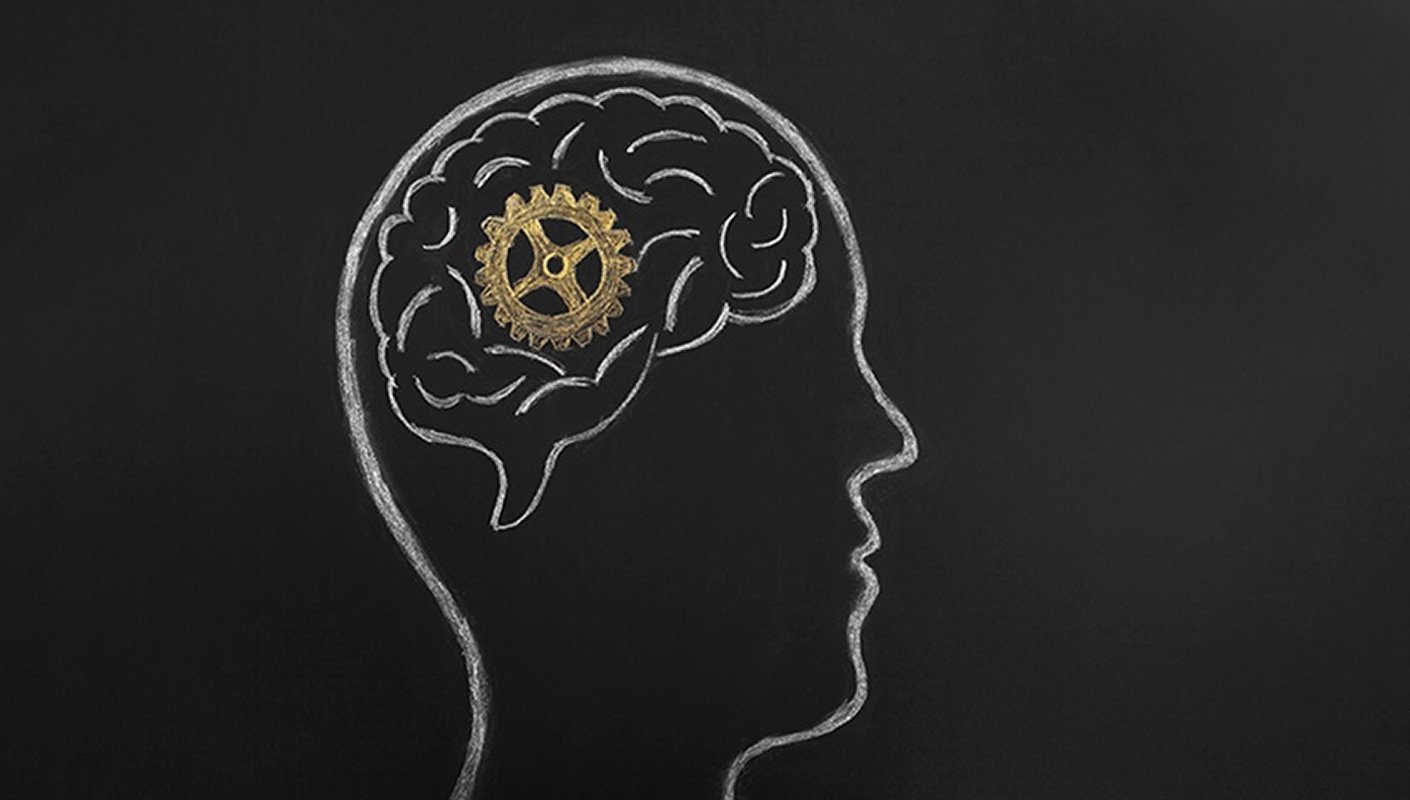Summary: The posterior parietal cortex, an area of the brain implicated in spatial awareness, plays a critical role in visual decision making.
Source: University of Chicago
New research by neuroscientists at the University of Chicago shows that the posterior parietal cortex (PPC), an area of the brain often associated with planning movements and spatial awareness, also plays a crucial role in making decisions about images in the field of view.
“Traditionally this part of the brain has been thought to be involved in controlling spatial attention and planning actions. There has been less attention paid to how much of a role this brain area plays in processing the visual stimuli themselves,” said David Freedman, Ph.D., professor of neuroscience at UChicago and the senior author of the study, published this week in Science. “Here we were able to show that it plays an important role in making sense of the things we see, perhaps even more so than its role in planning your next action or directing your attention.”
Freedman and Yang Zhou, Ph.D., a postdoctoral researcher, trained monkeys to play a simple computer game in which they reported their decisions about different types of images displayed on a computer monitor by moving their eyes toward a designated target. For example, if the animals were shown a pattern of dots moving up and to the left, they were supposed to move their eyes toward a green spot. If the dots were moving to the opposite direction, they should move their eyes toward a red spot.
For the new study, the researchers tested whether a specific region of the PPC called the lateral intraparietal area (LIP) was directly involved in guiding these decisions. They gave the animals a drug which temporarily halted neural activity in the LIP area, then they had the monkeys perform the same tasks. While the drug was active, the monkeys’ decisions about the visual patterns they viewed were impaired; once the drug wore off, their decisions returned to normal.
The researchers also recorded activity in the same pool of neurons once the drug had worn off and found that activity in that area of the brain was indeed strongly correlated with the same kinds of decisions which had been impaired during the experiments.
Deeper understanding of how the brain interprets things we see
The findings provide new context to help understand why a 2016 study by another group in Nature reported that deactivating parts of LIP seemed not to have any impact on decision making. That study only examined LIP’s role in motor planning—such as the decision about whether to look leftwards or rightwards. In contrast, the current study shows that LIP is more involved in making sense of the visual images that the subjects are viewing, rather than deciding which actions they should take next.

“All the neuronal data we examined in our past experiments gave us the impression that this area of the brain was involved in processing the meaning of visual images during decision making,” Freedman said. “Now we find that indeed when we temporarily shut the activity down in that part of the brain it really does affect the sensory parts of decisions.”
Freedman says the new study provides an opportunity for neuroscientists to rethink the brain mechanisms involved in decision-making, visual categorization, and sensory and motor processing. The work could also lead to a deeper understanding of how the brain interprets the things we see in order to make decisions. Understanding this process in detail will be critical for developing new treatments for brain-based diseases and disorders which affect decision making.
“These results show that the brain’s parietal cortex is an important hub for guiding decisions, so now we’re even more motivated to move ahead and try to work out the details of neural circuits in this part of the brain that actually carries out these cognitive functions,” he said.
Source:
University of Chicago
Media Contacts:
Matt Wood – University of Chicago
Image Source:
The image is credited to University of Chicago.
Original Research: Closed access
“Posterior parietal cortex plays a causal role in perceptual and categorical decisions”. Yang Zhou, David J. Freedman.
Science. doi:10.1126/science.aaw8347
Abstract
Posterior parietal cortex plays a causal role in perceptual and categorical decisions
Posterior parietal cortex (PPC) activity correlates with monkeys’ decisions during visual discrimination and categorization tasks. However, recent work has questioned whether decision-correlated PPC activity plays a causal role in such decisions. That study focused on PPC’s contribution to motor aspects of decisions (deciding where to move), but not sensory evaluation aspects (deciding what you are looking at). We employed reversible inactivation to compare PPC’s contributions to motor and sensory aspects of decisions. Inactivation affected both aspects of behavior, but preferentially impaired decisions when visual stimuli, rather than motor response targets, were in the inactivated visual field. This demonstrates a causal role for PPC in decision-making, with preferential involvement in evaluating attended task-relevant sensory stimuli compared with motor planning.






